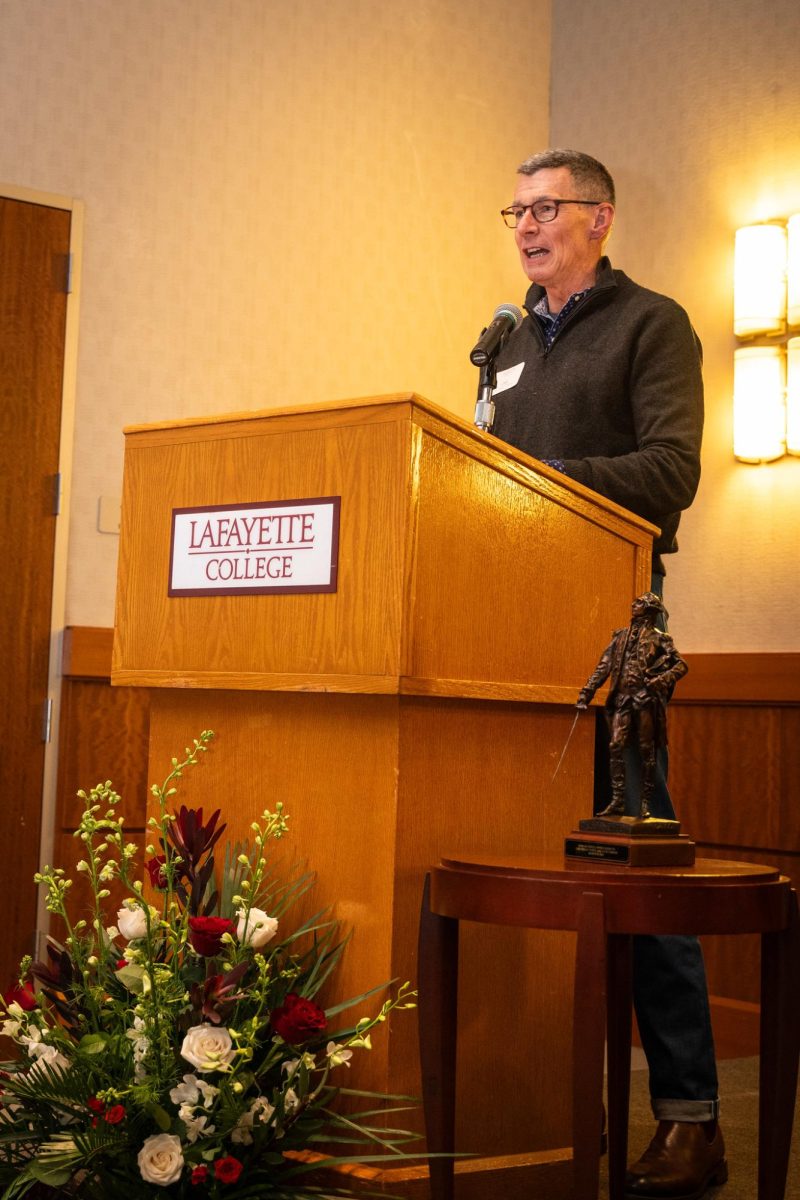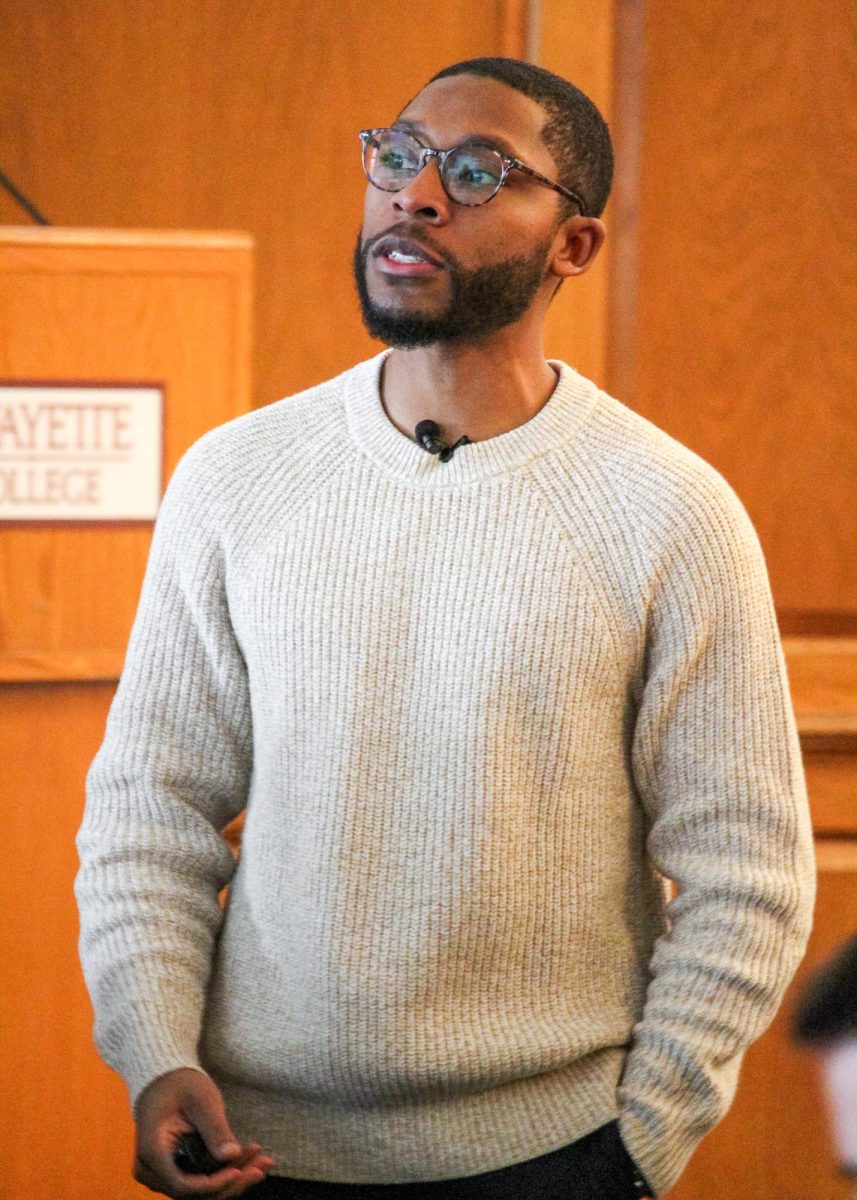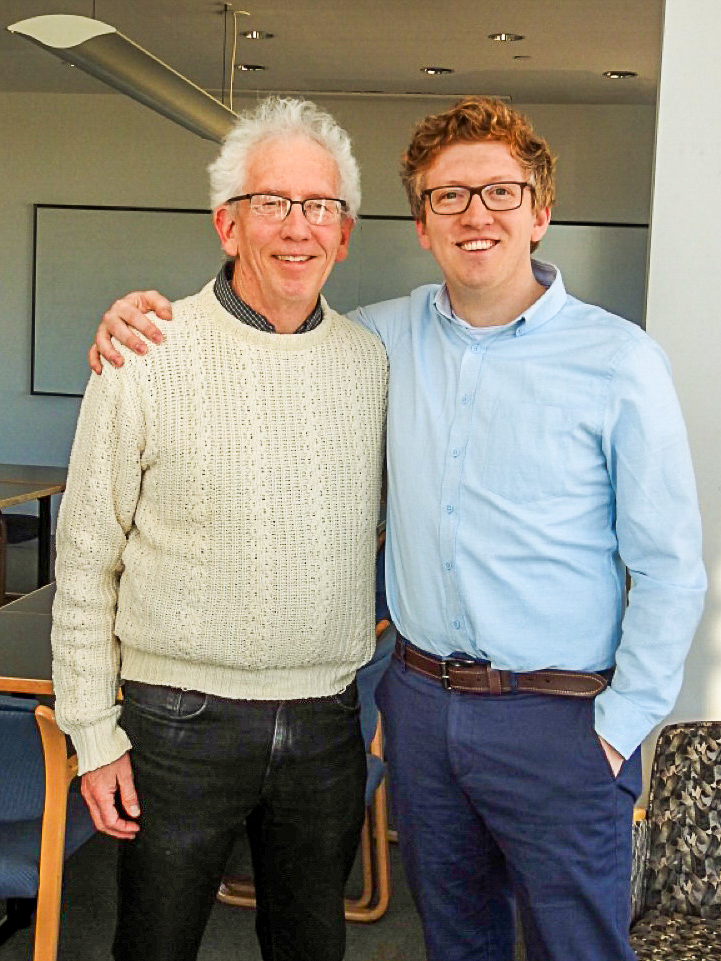Though male and female faculty salaries and benefits are about equal, the faculty gender ratio is still skewed against women in higher education and at Lafayette.
“The female / male ratio of tenured and tenure track faculty at Lafayette reflects national trends overall,” Women’s and Gender Studies Program chair and Associate Professor Mary Armstrong said. “The entire population of (tenured and tenure-track) faculty at Lafayette is about one-third women (33.8 percent).” Teaching in institutions of higher learning is still a predominantly male career.
However, gender issues have improved significantly in the past half century. In 1966, ten percent of Ph.Ds. were awarded to women nationally; in 2008 it was 50 percent.
“While women have made considerable strides in the humanities and the social sciences, numbers still lag noticeably in the natural sciences and in engineering. For example, this summer (July 2013), the American Institute of Physics reported that only 13 percent of physics professors nationally are women,” Armstrong said. She noted the recent addition of Professor Zoe Boekelheide to the physics faculty.
Armstrong also mentioned that societal ideals about traditional fields of study for males and females have prevented much progress in women’s involvement in STEM fields, encompassing all sciences, technological studies, engineering studies, and mathematics.
Traditionally, women have been persuaded into pursuing literary studies, language studies and other fields within the humanities spectrum, whereas men have been pushed into analytical fields such as the natural sciences and mathematics. These social constructs have influenced and been influenced by patterns in the American education system for an extended period of time. These trends are reflected in a 2010 study by The Guardian which showed that the percentage of women taking science classes in higher education have declined significantly. But recently, it seems as though these trends are beginning to break.
Armstrong has hope for the future of higher education and the improvement of gender issues within faculties. In regards to Lafayette’s successes, she said, “Our new President, Alison Byerly, is a full professor of English. Our Provost and Dean of the Faculty, Wendy Hill, is a full professor of neuroscience. Lafayette’s top ranking academic officers are women faculty members who have risen to the top of their fields. This is something of which we should be proud and it should help us think optimistically about the future of women in higher education, even while we continue to take seriously the many challenges that still face us.”
“We still have obstacles to overcome. The integration of women faculty into higher education has not been perfect, and it is not by any means complete; however, you don’t need to look farther than Markle Hall for encouraging signs,” Armstrong said.








































































































